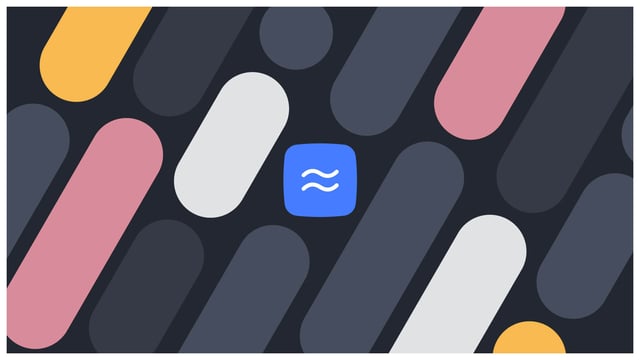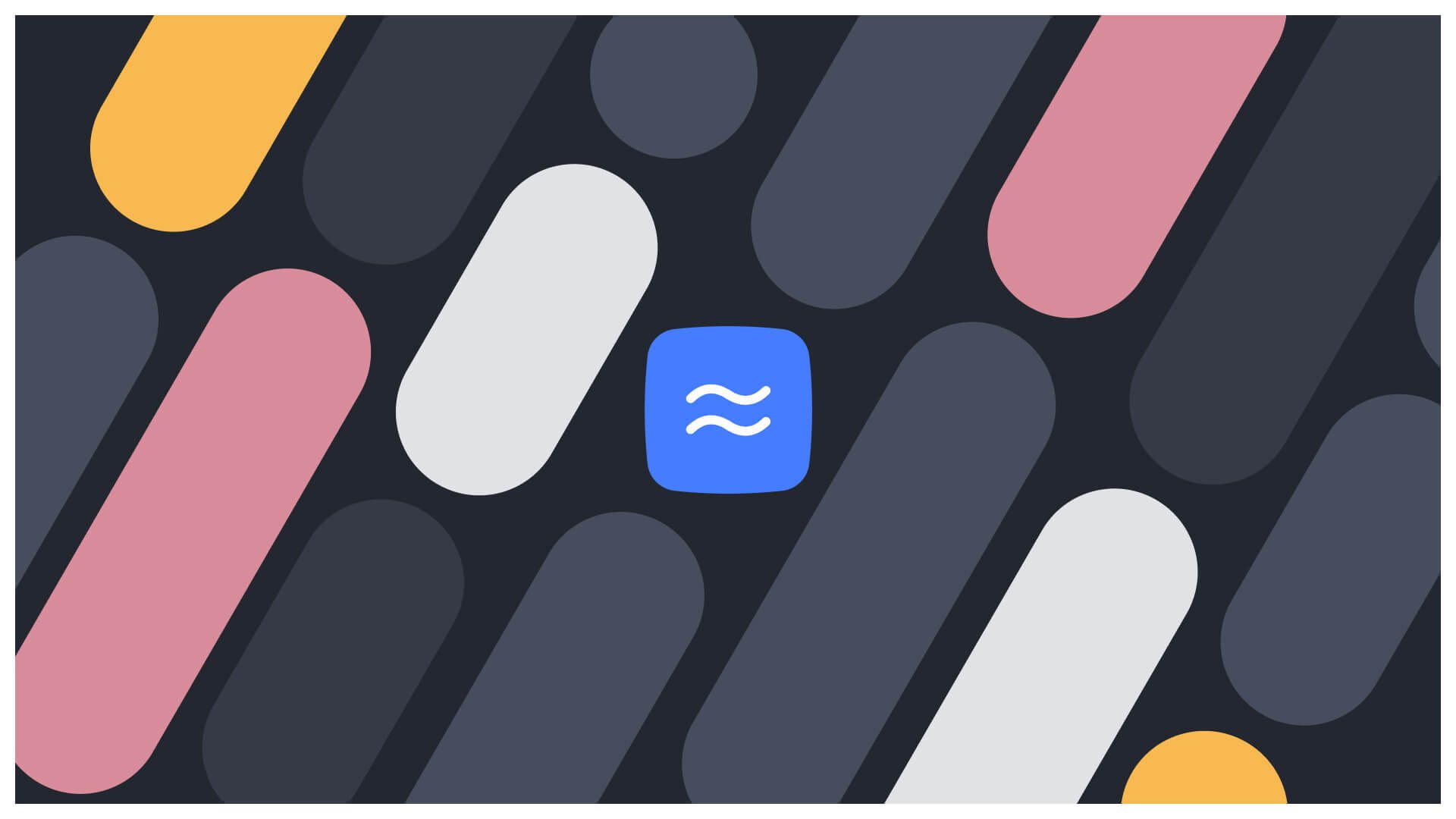With the advent of technology, organizations are automating processes to maximize their potential. Tracking software is a system that tracks time, office location information, qualifications and skills levels, and other relevant data in human resource management.
With these systems, managers can keep track of candidates and employees, allowing them to find the best fit for specific roles. The applications also provide a holistic environment for fulfilling different human resource roles.
In human resources management, applicant tracking software creates a database for job applicants. Companies of all sizes use these systems to search, organize and communicate with massive groups of applicants.
Many Fortune 500 firms use human resource tracking applications in their recruiting strategy. An applicant tracking system improves human resource management, optimizing productivity and growth.
During the hiring process, there are tons of information and resumes to review before finding the right fit. There are several reasons why tracking software is essential to your business. The right system gives managers metrics to assess workers and identify skills gaps across the organization.
Here are some reasons you should have human resource management tracking software.
Tracking applications
Business managers can optimize their recruitment process and get the right candidate faster using tracking software. The applications are programmed to evaluate resumes, find suitable candidates, schedule interviews, and store resumes in the cloud for easy accessibility.
With these systems in place, hiring becomes easy and cheaper, with reduced costs of facilitating interviews and meetings for candidates. Automating manual tasks during the hiring process gives HR managers enough time to handle more critical aspects of candidate evaluation.
An applicant tracking software seamlessly integrates email, website, and career board. The systems are accessible from multiple channels, including mobile and cloud platforms. Managers can collaborate with stakeholders across departments and provide progress reports to candidates and department heads.
While applying for job openings, applicants must learn how to beat the applicant tracking system. The goal is to avoid automated rejections set on the software algorithms. Resumes and cover letters uploaded in the application form should follow a specific format for candidates to advance to subsequent application levels.
Assist in employee onboarding
Many businesses rely on onboarding checklists after hiring candidates. However, manual lists have a high tendency for mistakes and waste time. On the other hand, effective tracking software has an onboarding functionality, positively impacting the readiness and performance of new workers.
New hires become productive within short timelines when the onboarding experience is solid and comprehensive. Effective onboarding exercise also boosts morale, improves engagement, and minimizes turnover rates. Tracking software allows for the seamless creation of onboarding programs within an organization.
Since the onboarding process differs across organizations, getting an easy-to-customize tracking software is essential. There are many alternatives available in the market. As the HR manager, you should understand your organization's specific needs and choose a system that addresses these needs.
While choosing the system, you should consider several crucial onboarding features. Candidates should also understand how to optimize their skills for applicant tracking software. The system should provide compliance techniques from the manager's endpoint. Other essential features for effective onboarding include an applicant's self-service option, the ability to customize workflows, access to multiple users, and electronic signatures and forms.
Assists in employee education, training, and skill development
Effective tracking software allows businesses to identify training needs, receive feedback, implement training programs, and evaluate the effectiveness of training procedures. A training and development interface system allow admins and supervisors to develop workers' skills quickly.
Another benefit of tracking software is minimizing trainers' workload while giving executive managers a holistic view of the training process. Many HR tracking systems offer end-to-end automation with an accessible database. The tool also includes calendars, forms, folders, and other components enabling the pre-definition of workflows.
With such systems, you can create a centralized training and development program at a minimal cost. Additionally, tracking performance metrics based on program outcomes will be easier for the organization.
The features include having a manage-it-all functionality, allowing trainers, workers, and managers to operate from a single platform. A good tracking software should also provide schedule functionality, real-time feedback, assessment results, and strategy review capability.
Assists in performance management across the organization
In HR management, aligning employees to the business mission is vital. So, tracking software should allow managers to evaluate and manage workers' performance. Opting for a broader, progressive approach that includes setting objectives, implementing, evaluating, reviewing, and revising from a single interface is crucial.
Workers will be happy and more loyal to the organization when the platform offers a structured and constructive technique. This is important in giving a business a competitive edge in the world.
An efficient performance management platform accelerates growth for employees and the business. Good tracking software allows firms to define expectations and responsibilities, with clear procedures for coaching and feedback, which is a basis for evaluating workers' productivity.
A sound tracking system also has a customizable performance evaluation outline that simplifies hiring managers' work. Other essential considerations have a holistic feedback system involving workers, managers, and peers. These aspects allow individuals to effectively understand their performance, time constraints, and resource gaps.
Tracking software assists in managing workers
Another benefit gained from tracking software is the ability to manage employees. HR managers can handle day-to-day tasks, such as scheduling shifts, predicting workloads, allocating duties to workers, and managing workloads. By effectively taking these aspects, managers will also have an elaborate space for getting data-based insights on all labour-related elements of the organization. The strategy is a basis for effective decision-making, enhancing business growth and development.
A tracking software creates a seamless employee management system to enable businesses to move forward on many fronts. The approach also reduces costs by eliminating hiring people to oversee these aspects.
A tracking software should come with five main components to manage workers effectively. These components include planning for resources, robust monitoring for employee directories, recording tasks, accessibility from any place, and the ability to report.
Tracking and managing time
Tracking software also acts as a time tracking system within the organization. So, it synchronizes the number of workers with the working hours as productivity metrics. This helps determine the amount of time needed to complete a specific task.
It is the basis of creating a timesheet tracking, retrieving details, computing salaries, and recording working hours.
Other tracking software allows third-party application integration to capture and analyze employee performance and project progress and export information into different formats.
Businesses can utilize this data to understand skills gaps, identify hiring needs, streamline salary management, and get managerial insights.
Do you need tracking software for your business?
The tracking application you choose should offer various versatile and robust solutions to help you manage your brand. As a manager, it is essential to understand your needs.
You will automate your entire HR process from hire to retirement with the right software. You will also be able to seal your performance and time management loopholes, optimizing your organization for growth.





